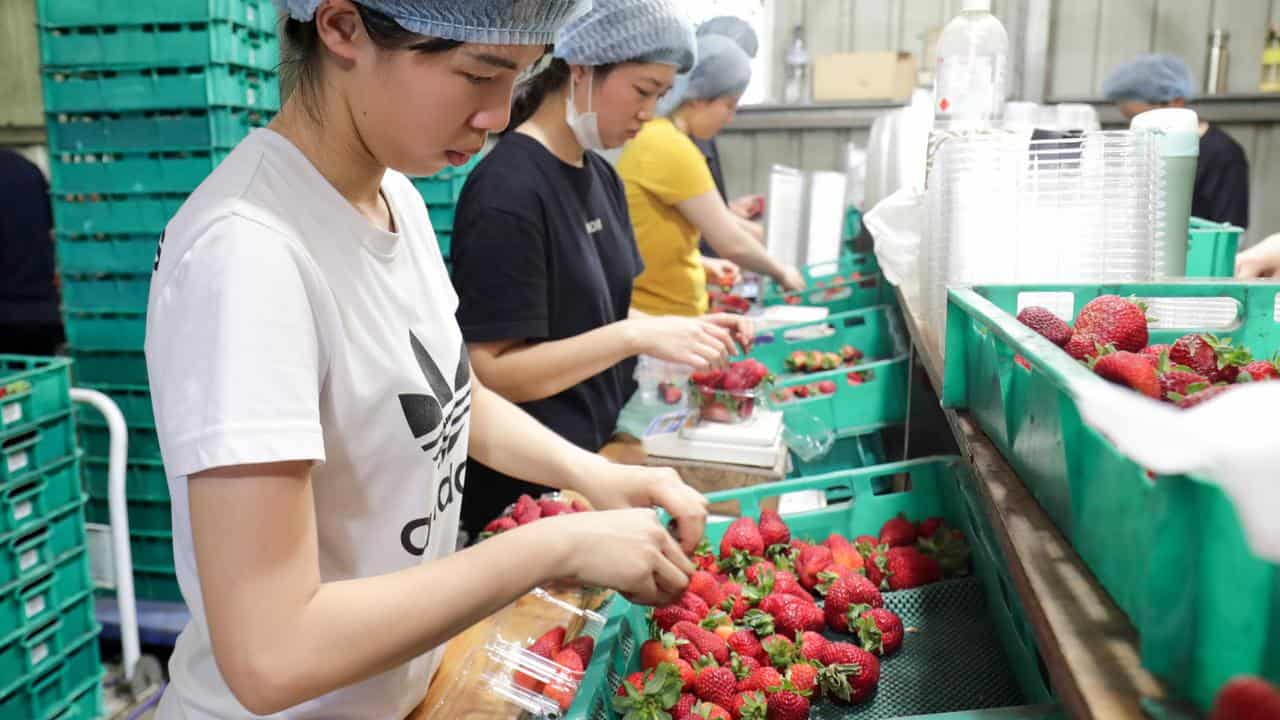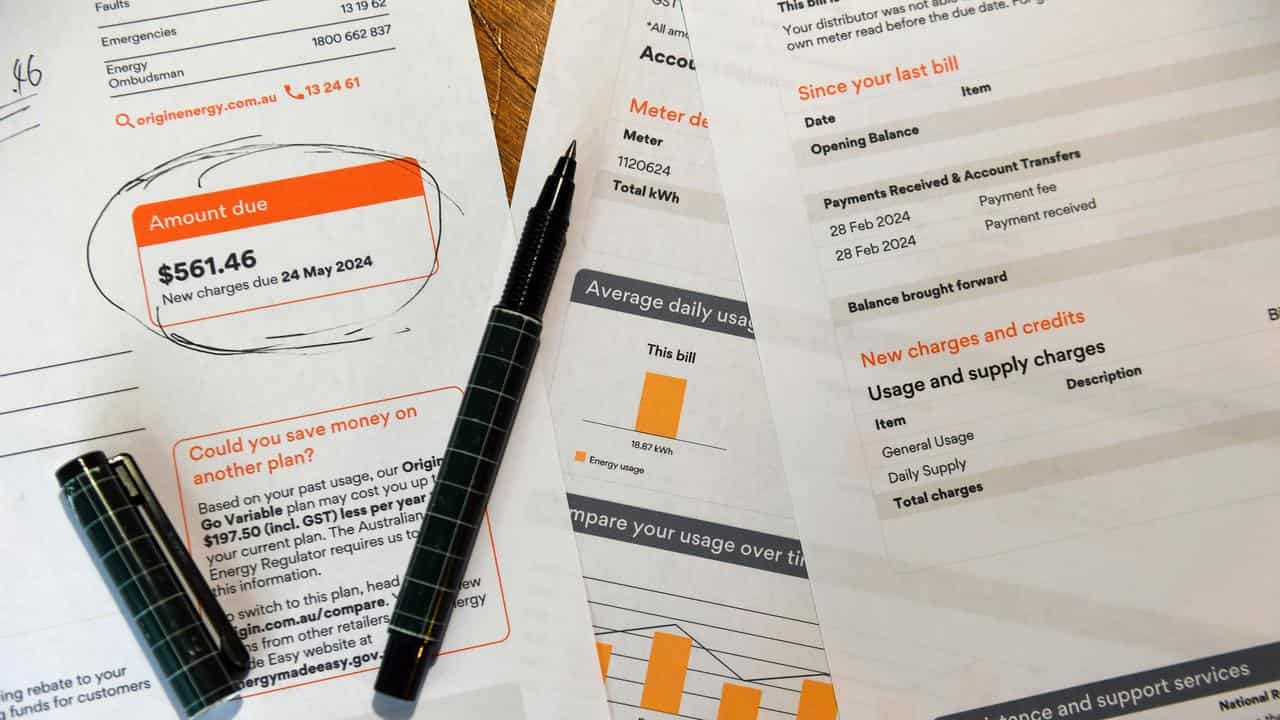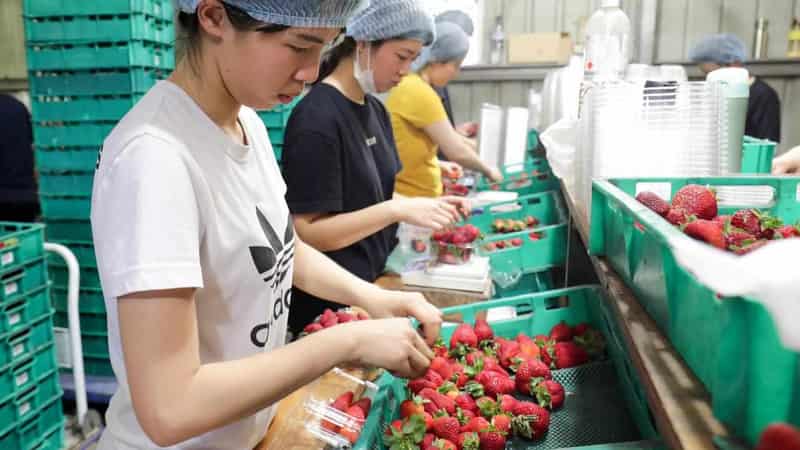
Fruit and vegetable prices are blowing out grocery bills but electricity rebates and petrol prices are driving down inflation.
The monthly consumer price index rose 3.5 per cent over the 12 months to July, a touch higher than the 3.4 per cent expected result but down from 3.8 per cent in June.
The Reserve Bank of Australia has kept interest rates high to slow the economy and weigh on inflation, which remains above its two-three per cent target range.
Economists warned the moderation in the headline inflation figure in July needed to be interpreted with caution as the monthly index was volatile, incomplete and influenced by cost-of-living relief measures.
The first instalment of Commonwealth energy relief in Queensland and Western Australia, plus separate state-based assistance, contributed to a 5.1 per cent fall in electricity prices, the bureau said.
The decline followed a 7.5 per cent rise in June.
Moody’s Analytics economist Harry Murphy Cruise said the July inflation print was "full of smoke and mirrors", with the headline improvement largely owed to the rebates artificially lowering the cost of electricity.
"While that makes the headline inflation figure look a whole lot better, prices are ultimately unchanged — and governments are on the hook to pick up the tab," Mr Murphy Cruise said.
The central bank has already indicated it plans to look through the temporary bill relief and focus on underlying inflation.
The trimmed mean - the central bank's preferred measure of underlying inflation - eased to 3.8 per cent from 4.1 per cent.

Mr Murphy Cruise said this was a "solid drop" but still left "plenty of room for improvement".
Treasurer Jim Chalmers said his government's polices were helping put downward pressure on inflation and there was "nothing artificial about trying to help people with their electricity bills".
"We're providing this energy bill relief proudly and for good reason and that's because people are under pressure," he told Sky News on Wednesday
Shadow treasurer Angus Taylor said Labor was attempting to manipulate the headline inflation.
"This is a cost of living con job from a Labor government only putting Band-Aids on bullet wounds," he said.
The biggest contributors to the annual inflation rise were housing (four per cent), alcohol and tobacco (7.2 per cent), transport (3.4 per cent) and food and non-alcoholic beverages (3.8 per cent).
Annual inflation for food picked up pace to 3.8 per cent in July from 3.3 per cent in June.
Fruit and vegetable prices clocked their largest annual rise since December 2022 as consumers paid more for strawberries, cucumbers, grapes and broccoli.
Housing continued to be a major driver of inflation, though lower electricity costs helped moderate the category to four per cent, down from 5.5 per cent in the previous month.

A tight rental market kept price growth elevated for tenants yet the pace of annual growth had slowed.
Growth across new dwellings prices held broadly steady as builders passed on higher costs for labour and materials.
ANZ economists Adam Boyton and Catherine Birch said the inflation print was unlikely to affect RBA's thinking.
"Especially given it was the first month of the quarter, when a much lower share of services and non-tradables have price changes measured compared with goods and tradables," they said.
The central bank has been warning inflation remains too high and has pushed back on hopes of a near-term cut, suggesting borrowers will have a while to wait for repayment relief.









